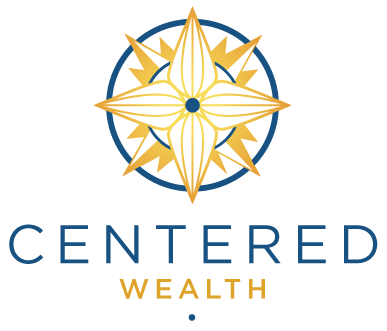ROADMAP FOR CONSCIOUS INVESTING
Part 2: Values Based Investing: Enriching the Soul of American Culture via Impact Investing
"The times they are a changing..." perhaps Bob Dylan's greatest line of the '60's Cultural Revolution. Paradoxically, change is the one constant in the relative field of life and it is the one that we humans tend to most resist. As investors, however, it is in understanding and embracing the forces driving change in the economy that is the most essential for success in the marketplace. While the Internet of Things and CryptoCurrencies are the current hot investment trends driving change in the way we transact business, much as railroads were at the turn of the century, or radio was in the 1920's, it is the underlying cultural values that give power and momentum to the trend. As such, understanding the demographics of existing and emerging cultural values are at least as important in guiding your investment strategy as the new hot stock pick.
Core Values: The Trunk of Our Culture
In their landmark text, “Cultural Creatives: How 50 Million People Are Changing the World,” social scientist Paul Ray and psychologist Sherry Anderson identified three segments of U.S. cultural values that also correlate with somewhat different but parallel profiles around the world. These three major values categories are Traditionalists, Modernists and Cultural Creatives.
The Traditionalists embody the foundational traditional values of family, church and the small town American way. They tend to be uncomfortable with the narrative of modern society and often find themselves looking back on some imagined past where things were the way they “ought to be.” Traditionalists account for approximately 26% of the population, some 81 million Americans with a median age of 55.
The Modernists have roots in the origin of the urban merchant class of 150 years ago. They are the dominant group, representing approximately 41% of the population, 129 million strong with a median age of 41 years. Modernists place a high value on personal success. They believe in consumerism, materialism and technological rationality in a model of continuous economic growth. Interestingly they also carry the highest cynicism quotient among all groups.
Traditionalists and Modernists historically are the dominant way this country has known itself. The values expressed by these two groups are what have dominantly determined consumer habits, political behavior and investment practices throughout the American experiment.
Emerging Values: A Key to Investment Success
Out of the cultural fire of the 1960’s has come a third coherent worldview embodied in a group described by Ray and Anderson as Cultural Creatives. The backbone of the new economy, this group represents approximately 33% of the population and includes 100 million Americans with a median age of 45. They tend to be more altruistic and idealistic. Cultural Creatives have strong psychological and spiritual interests, and a concern that their inner life be linked to social activism. They place a high value on environmental concerns springing from a belief that nature is sacred. They also place a high value on relationships and not surprisingly a majority of them are women.
What has taken Wall Street by surprise is the desire by Cultural Creatives to invest their money consistent with their values. While the Traditionalists were some of the first pioneers in exercising avoidance screening for the so called “Sin Stocks,” Modernists by and large have not asked for this from their money management service providers. What is encouraging about the now established Impact Investing movement is the degree of independence it has because of its grassroots origin. Impact investing using Environmental, Social & Corporate Governance (ESG) screening was not the brainchild of a Merrill Lynch or Goldman Sachs, it was a bottom-up vision created by individuals like you who acted on the courage of their convictions; a collective Cultural Creative idea driven by the ideals of an environmentally responsible, equitable and free society. The key in realizing the impact of this idea is the recognition that our investment dollars have creative power in shaping a more just and environmentally responsible society.
Lest you feel alone in your unique aspect of the Cultural Creative experience, already the Impact investment movement has expanded the idea of values-based investing to include portfolio social screening, shareholder activism and community investing; practices that just 40 years ago were barely implemented. Today, the US Forum for Sustainable and Responsible Investment estimates that as of the end of 2020, ~$22 trillion1 is at work under the ESG and Impact investing banners. (https://www.ussif.org/fastfacts) As the innovation economy gallops forward it is likely that this investment trend will continue to grow in its effectiveness - one person at a time. Let us hope you are the next to join.
Footnotes:
1. US SIF- http://ussif.org/resources/sriguide/srifacts.cfm



